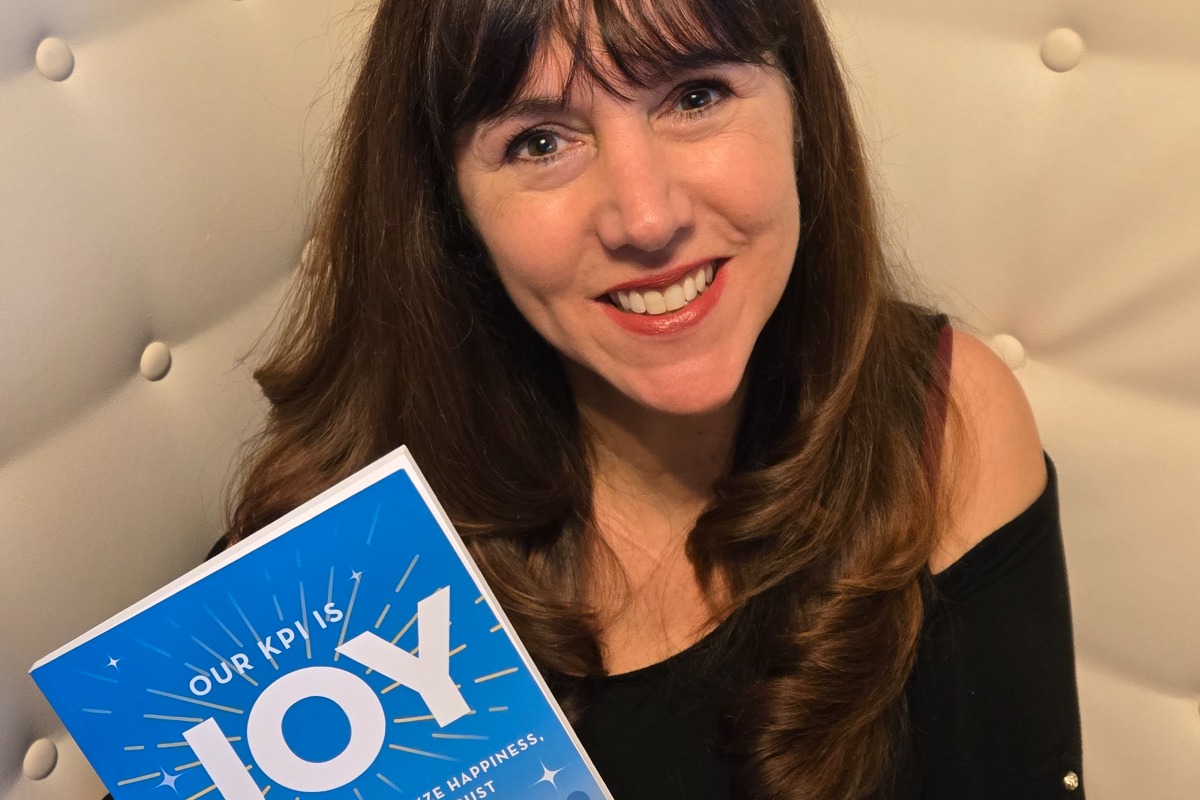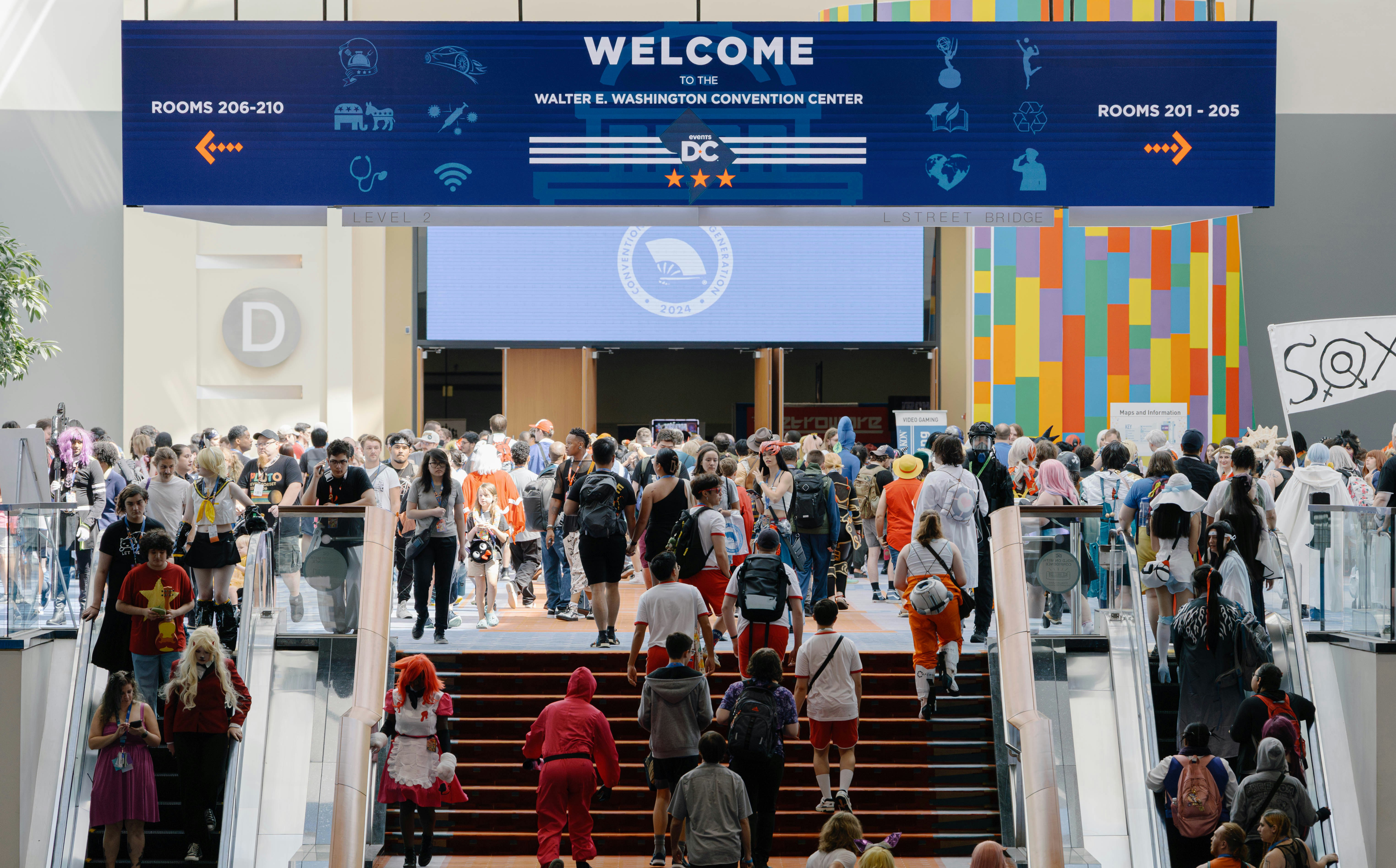New Research: Many Organizations Lack the Tools to Capitalize on Event Data

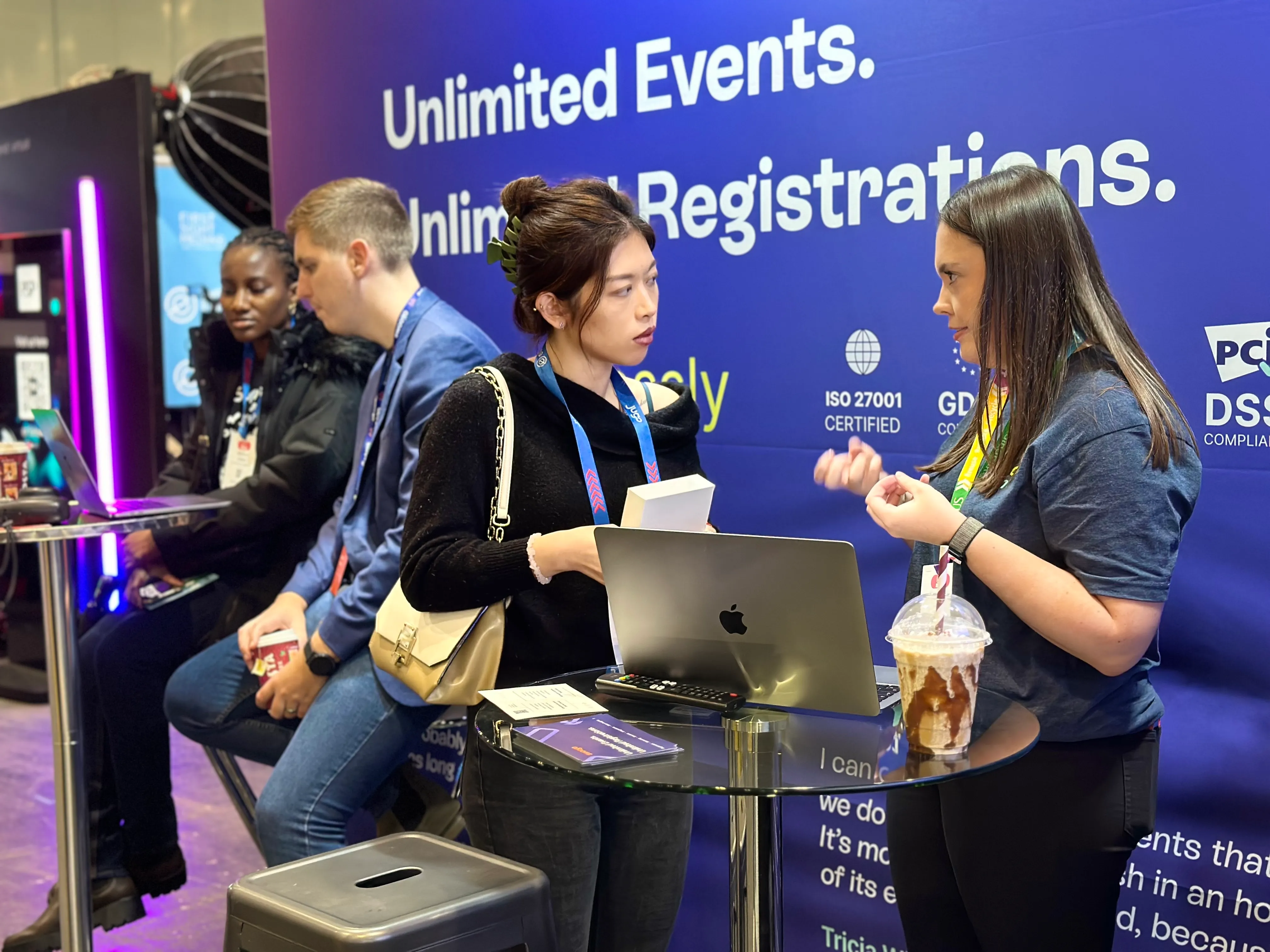
Skift Take
This content was created collaboratively by Swoogo and Skift’s branded content studio, SkiftX.
Information is power. The insights gathered before, during, and after events are critical for boosting attendance, generating quality leads, and driving sales. Because the number of meetings and events has grown rapidly, many organizations are asking their event planners to do more — without giving them the necessary tools to keep up.
For example, these companies aren’t enabling their planners to leverage tools that connect event data with business systems like CRMs and sales tracking platforms, according to a recent report from Swoogo — a leading event management platform that streamlines corporate event planning.
The survey found that even top event organizers aren’t given the tools to clearly show the full impact of events on broader business goals like revenue. Additional findings from Swoogo shed light on the root cause:
- 44.5% of planners said their organization doesn't have its event management platform connected to its CRM.
- 68.8% of planners said they don’t have their platform linked to their broader marketing automation platform.
Integrating event technology with broader business systems, like CRMs and marketing tools, is crucial for maximizing ROI. Planners can no longer rely solely on manual processes or disconnected systems. Not only is it easier than ever to collect information, but the tools to decipher data quickly and clearly are widely available.
Here, we drill down on the importance of taking the lead to build business and grow events.
Meetings and Events = Drawing Power
There is ample evidence that meetings and events are among companies’ best tools for promoting their brands and services. The increase in business travel, commonly associated with in-person meetings and events, bodes particularly well for the industry.
In its 2024 Business Travel Index Outlook report, the Global Business Travel Association (GBTA) found that 64% of business travelers reported increased spending in 2024 compared to 2023. Perhaps more importantly, 81% of respondents said business travel is worthwhile in achieving their objectives.
Swoogo’s report highlights similar trends, showing an industry-wide focus on leveraging in-person meetings for better engagement and data collection:
- The number of in-person events hosted in Swoogo increased 12% in 2024.
- 94% of respondents said they’ll either maintain their current number of events or add more in 2025 — only 6% plan to host fewer events.
"Events are the best way to build trust, accelerate business, and cut through the noise of our increasingly digital lives, which is why 94% of companies plan to host at least the same number of events — if not more — than in previous years," said Chris Sykes, CEO of Swoogo. "Each event offers new insights into attendee preferences, helping planners create more personalized, engaging experiences over time."
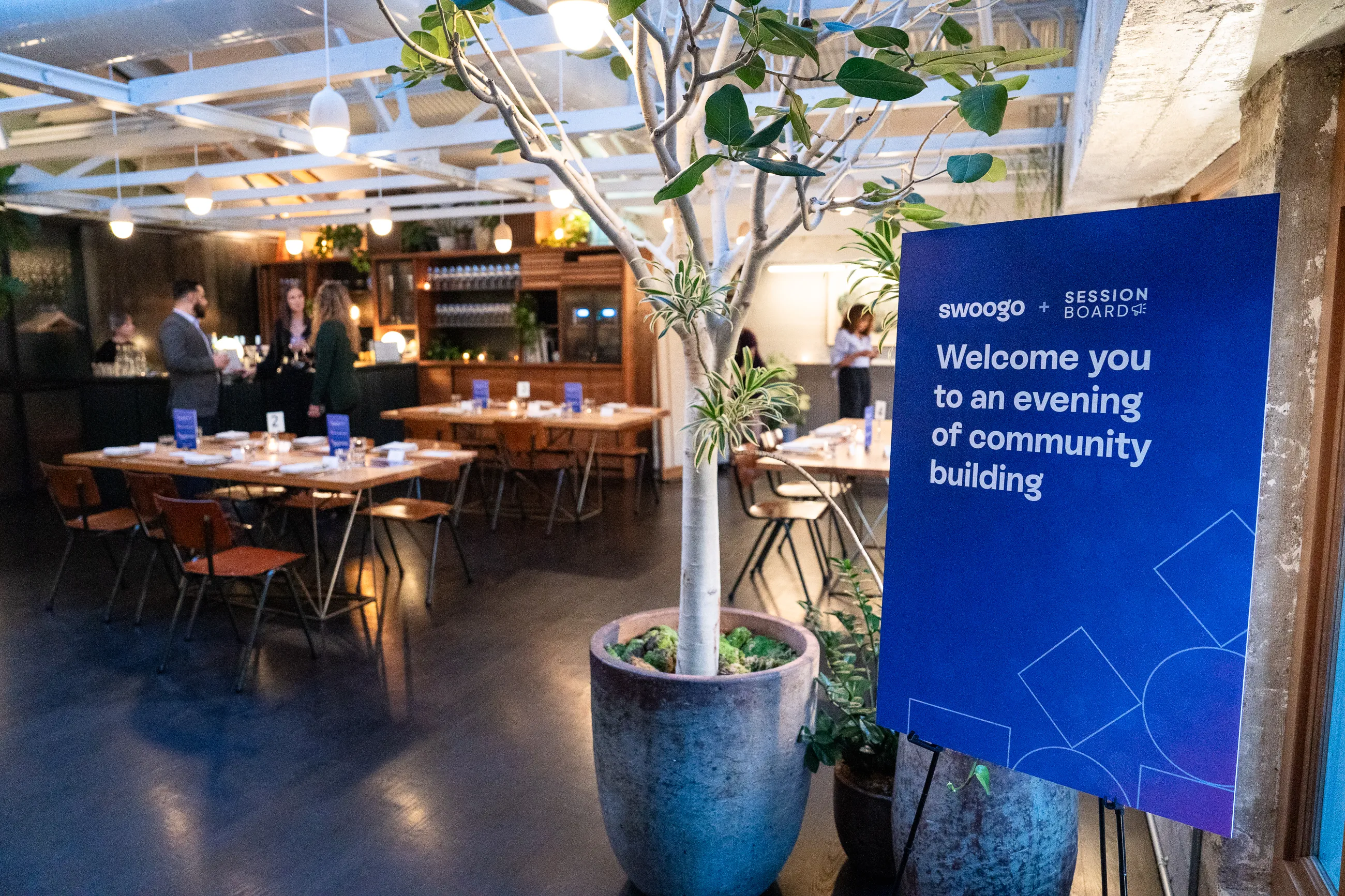
Event Data Drives Decisions for Face-To-Face Meetings
Attendees and organizations appear to share the same preference for face-to-face meetings, but that doesn’t diminish the role of event technology. In fact, this behavior only underscores the importance of using all the tools available to make informed decisions about future events.
As noted above, analytics from an event not only help organizations evaluate the success of that meeting but can also lay the foundation for improved communication, marketing, and other engagement strategies to take advantage of the appetite to gather in person.
Planners can track attendance and feedback from multiple breakout sessions and use this data to guide future event planning by highlighting the most relevant topics. This information also helps with post-event follow-ups, allowing teams to confidently tailor their conversations to audience interests.
At the same time, the data also helps identify less impactful sessions or speakers, enabling planners to cut or rework them in future events. This ensures the budget is focused on what delivers the most value.
Searching for a one-size-fits-all approach to meeting planning is futile, and planners can identify what strategies are working well — and what aren’t — to speak to their customers, clients, and attendees in a way that resonates.
“Because many teams don’t have their event platform connected to their CRM or MAP, they’re missing out on hard data that shows business impact, like pipeline, bookings, or customer LTV,” said Sykes. “While numbers alone don’t tell the full story — the emotions the attendees felt or the connections forged by having the right people in the room — effective event reporting requires both quantitative metrics and qualitative insights. It's where art meets science.”
Top Meeting Planner Priorities
Interestingly, Swoogo's report found that organizations are prioritizing registration numbers this year, followed by attendance rate. Return on investment (ROI) is the third most important item.
Planners likely prioritize registration and attendance because they need hard numbers that can be easily retrieved or because their organization isn’t investing in the tools and processes needed for more sophisticated reporting. Proving ROI requires additional steps, including analyzing the results of data points pulled during and after the event. However, integrating CRMs and event platforms can bridge this gap.
For example, an effective way to prove an event’s worth is to collect contract amounts and booking numbers from your organization’s CRM. Being able to drill into the specific event campaign allows organizations to identify how those campaigns are influencing or sourcing opportunities, pipelines, and bookings. Planners can then have a more holistic view of a meeting’s impact on an organization.
Likewise, CRM software includes retention data, which is a strong gauge of your brand’s appeal among existing customers. Connecting your event management platform to your CRM makes it much easier to see which events are engaging current customers and contributing to more product adoption, retention, and upsell opportunities.
“Small and mid-sized organizations have a lot to learn from the enterprise approach to event data,” said Sykes. “Our results show that enterprise companies are 54% more likely to prioritize ROI and 68% more likely to prioritize pipeline as key event metrics. These numbers help planners prove their impact and demonstrate the true value of their work. However, when planners at smaller companies lack the right technology or integrations, their leadership limits their growth by limiting the perceived impact of events. The message is clear: planners need organizational support to go deeper with event data, better showcase event value, and own their impact.”
Using Tech to Break Down Silos
Capturing the full impact of a meeting is so important that it magnifies the challenges planners often have around measuring data. Among the event professionals Swoogo polled, measuring and reporting on overall event program performance and impact on revenue was the second greatest challenge in 2024.
Failures to align event tech with other business software like CRMs and customer success platforms mirror the struggles to create effective communication between departments. The right platform can address these persistent challenges, ultimately returning the emphasis to proving an event's value.
The American Express Global Business Travel Outlook clearly states the case for this: “Meeting professionals face increasing expectations and economic hurdles, prompting them to adopt advanced technologies and best practices to demonstrate the value of their programs.”
Furthermore, on a day-to-day business level, inefficient team communication hampers the sales process by delaying client interaction. Since the difference between making a sale or failing to capitalize on an opportunity can come down to timing, any lag can cost organizations valuable revenue.
On the other side of the equation, event professionals can ensure events help enable customers to achieve their objectives. A customer service representative can analyze data from past attendance through the CRM. For example, if an existing human resources attendee has repeatedly participated in events related to employee engagement and retention, the customer service representative could reach out to that individual to offer additional resources related to the topic, including technological solutions and education offerings. That demonstration of the customers’ needs demonstrates empathy, yielding higher customer satisfaction and greater use of products.
How Meeting Planners Can Use Data
Finding the right technology partner and using its services effectively allows brands to build reputations, connect with attendees, and ultimately achieve goals. This begins by understanding your audience.
A few questions to ask include:
- What platforms do attendees use to engage with your content? If they love your webinars, for example, make sure a tech partner has a virtual offering and/or has the capability to integrate with your preferred platforms.
- Which types of events are they most likely to attend? If your audience is equally split between in-person and virtual events, you'll need a tech partner that can do both — equally well. Also, if you host many smaller sales dinners versus one large flagship event, you'll want a tech partner to set you up for scalability.
- What activities attract the most interest among attendees? There are many gamification options available. Study which tactics draw the most engagement and incorporate the top-performing games into your virtual, hybrid, and in-person platforms.
- How does your audience like to be informed about upcoming events? If your audience is more likely to absorb information via email, study analytics to identify the best-performing distribution times. Also, analyze engagement on social media to evaluate if you are using the channels effectively. Additionally, ensure you fully understand what marketing tools an event tech platform offers and/or if they can integrate well with any third-party tools you already use.
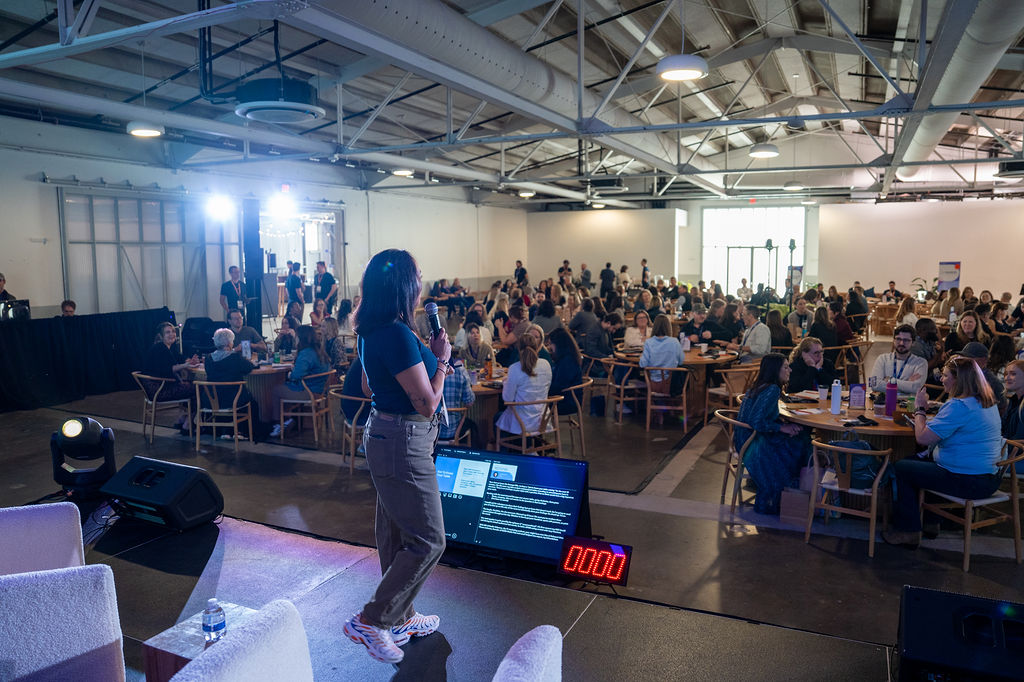
According to Swoogo’s study, accurate answers to these questions can go a long way toward accomplishing the growth organizations seek. Picking the right event technology can support an engaging, valuable experience for attendees while being a goldmine for insightful data.
For example, creating an event page with all the relevant information and a compelling reason to attend goes a long way toward starting an attendee’s event journey on the right foot. Organizations should try to build off that momentum with a streamlined registration form that speaks to attendees’ interests and information to make them feel like part of the process.
Adding to this point, 80% of customers say the experience a company provides is just as important as its products and services, according to a report from Salesforce.
However, to get the right data and insights, planners need more robust tools than free platforms can typically provide. Planners need an event registration platform to build experiences, capture key data, and start the event with a bang. The right data, collected through the right platform, can help planners personalize meetings for attendees. This is particularly important in putting like-minded attendees in the same room together to intentionally build connections. Underscoring this priority, the Freeman Trends Report cites networking as a primary motivation for going to meetings.
Luckily, planners are not — or should not be — in this alone. The motivation and tools are in place to harness data into a powerful tool for planners to prove how valuable events are. As meetings are increasingly presented as experiences attendees can’t miss, now is the time for planners to take advantage of the opportunities available.
Click here to learn more about how Swoogo can help you accomplish your goals through meetings and events and to book a demo.
This content was created collaboratively by Swoogo and Skift’s branded content studio, SkiftX.
